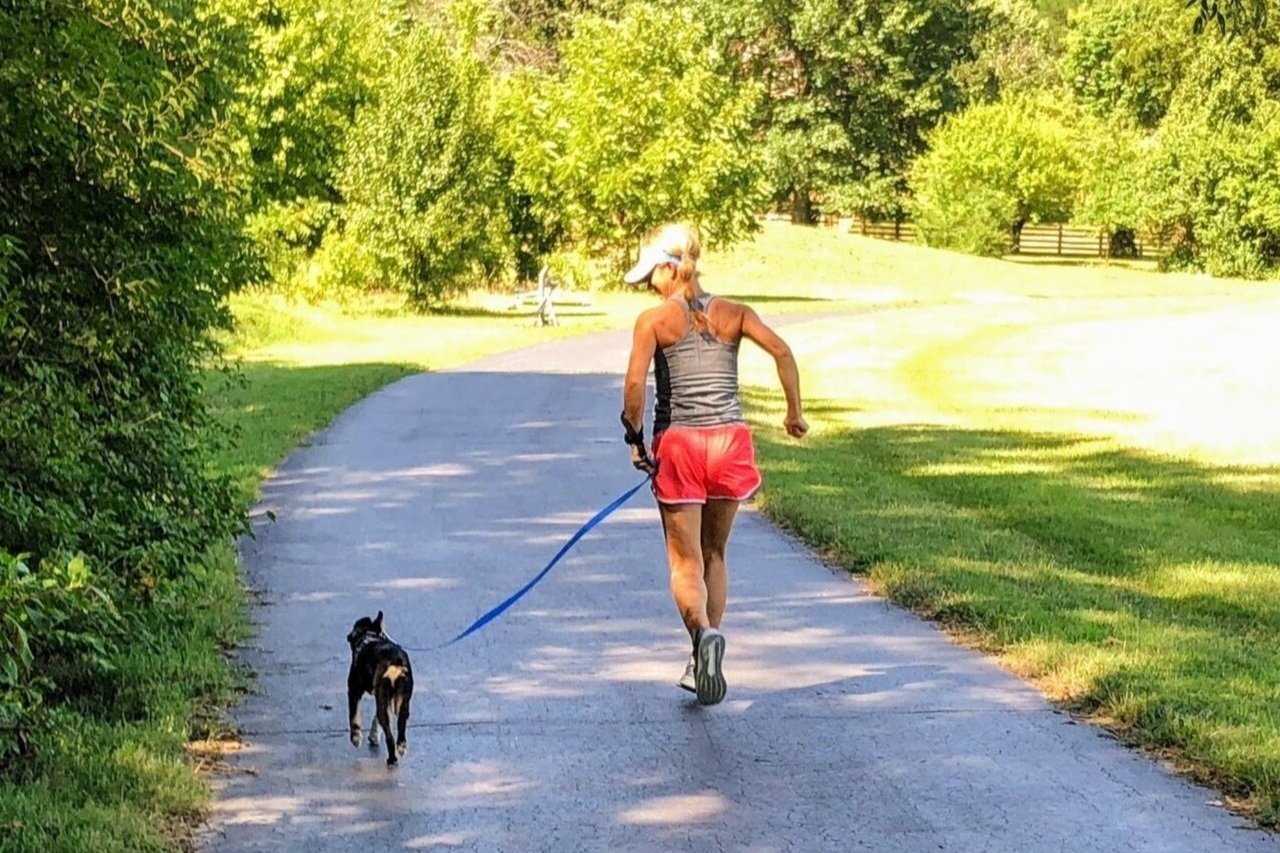Healthy to the Core
/Most of us have heard the buzz words, “strong core.” Is it worth all the hype? Yes! A strong core is beneficial for everyone not just athletes; it can help prevent pain and injury in any lifestyle. Ring a bell from the trifecta articles in October?
Mobility: A Key to Pain-Free Functional Movement and Injury Prevention
Completing the Trifecta to Pain-Free Function and Injury Prevention: Proprioception
We can prevent injury with a strong core; it improves our stability, agility, balance, posture, and coordination creating a foundation for a stronger and healthier body. It also improves efficiency with movement; we gain more power and function from our upper and lower extremities. For endurance athletes, this translates to more power in arm and leg movements while running, swimming, and cycling. For non-athletes this translates into preventing back pain from overuse strains doing household or work related tasks.
Contrary to popular belief, a strong core isn’t limited to strong abs. Our core encompasses the entire cylindrical column of muscles ranging from above the shoulders to below the hips. The proper way to engage and strengthen this range of muscles is with slow, intentional and controlled, quality movement patterns.
Coach Amy has designed a core strengthening class for both beginners and advanced athletes. These classes incorporate a combination of progressively challenging dynamic and functional exercises to build control for activities of daily living and sport.
Our Phoenix Core Winter session is 8- weeks long and begins January 7th. Classes are held at CoachAmyPT on Tuesdays at 6:00 p.m. Commit to feeling stronger, moving better, and preventing injury in the New Year. Spots are limited!







